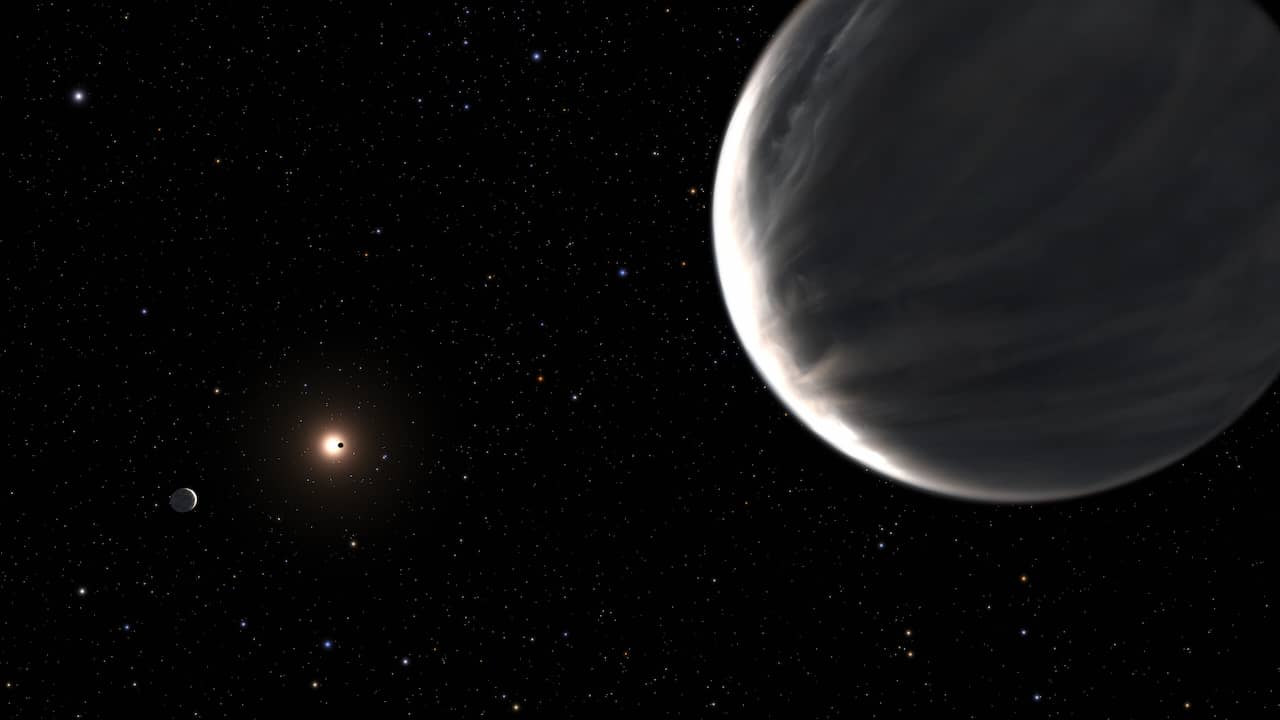It is probable that two planets orbiting a star other than the sun are about half water. That would make them hold more water than Earth, scientists conclude in new research.
These are the planets Kepler-138c and Kepler-138d. They are about three times the size of Earth and weigh twice as much. The planets orbit the star Kepler-138, about 218 light-years from Earth. The galaxy was discovered in 2014 and is now being studied with the Hubble and Spitzer Space Telescopes. The research was published Thursday in the scientific journal Nature astronomy.
Scientists have not seen the water itself. The planets are too far away for that. The researchers’ measurements show that they consist mainly of a substance that is lighter than rocks, but heavier than gases such as hydrogen or helium.
Earth is rocky, but gas giants like Jupiter are made up mostly of gas. Water is therefore the most likely option in between, the researchers think. “This is the best evidence yet for aquatic planets. Astronomers have long believed that this type of planet must exist.”
If there really is a lot of water on the two planets, that doesn’t mean they look like Earth. For example, they don’t need to have oceans, waterfalls and rainfall, the scientists point out.
It is also not certain whether life is possible there. “The temperature in Kepler-138d’s atmosphere is likely above the boiling point of water. The planet likely has a thick, vapor-dense atmosphere. Below that, the water could be under high pressure, perhaps from somewhere between liquid and gaseous.”


